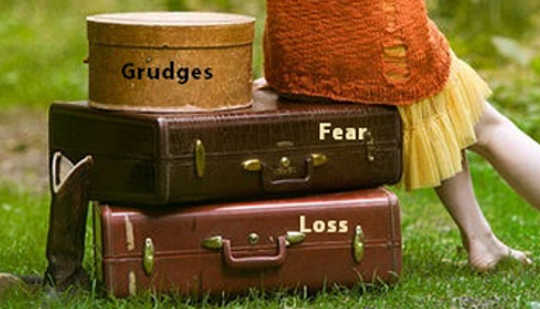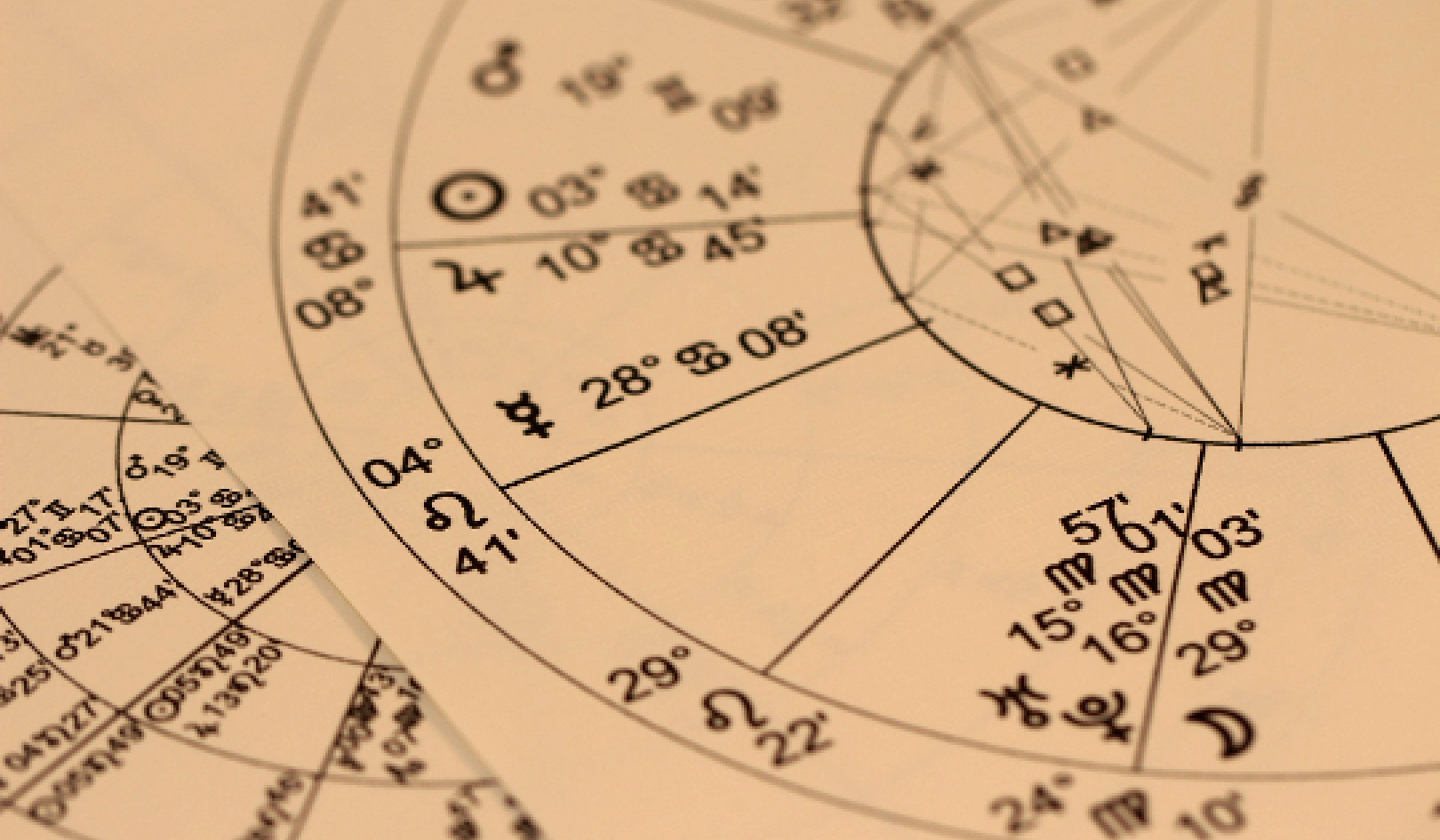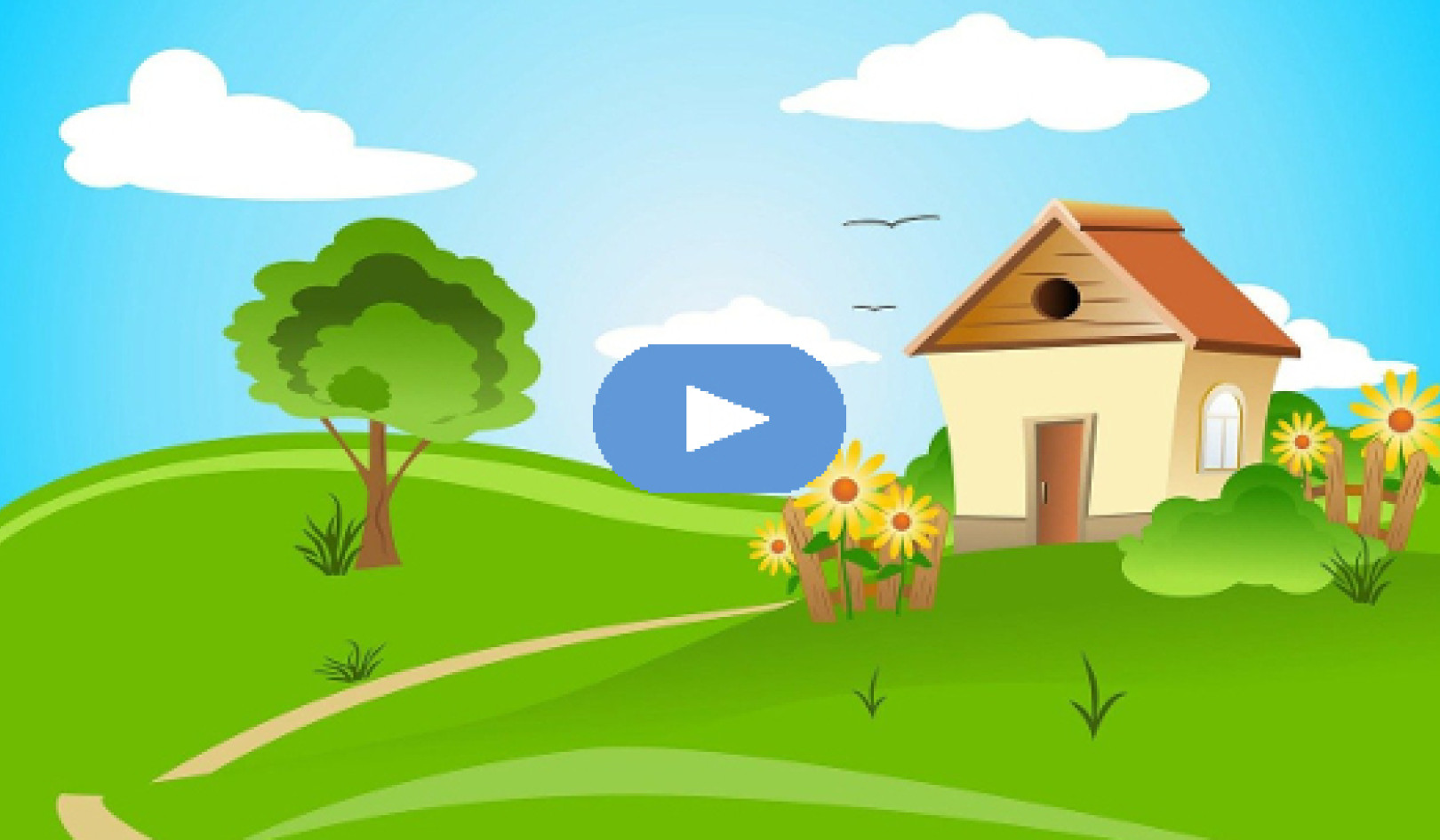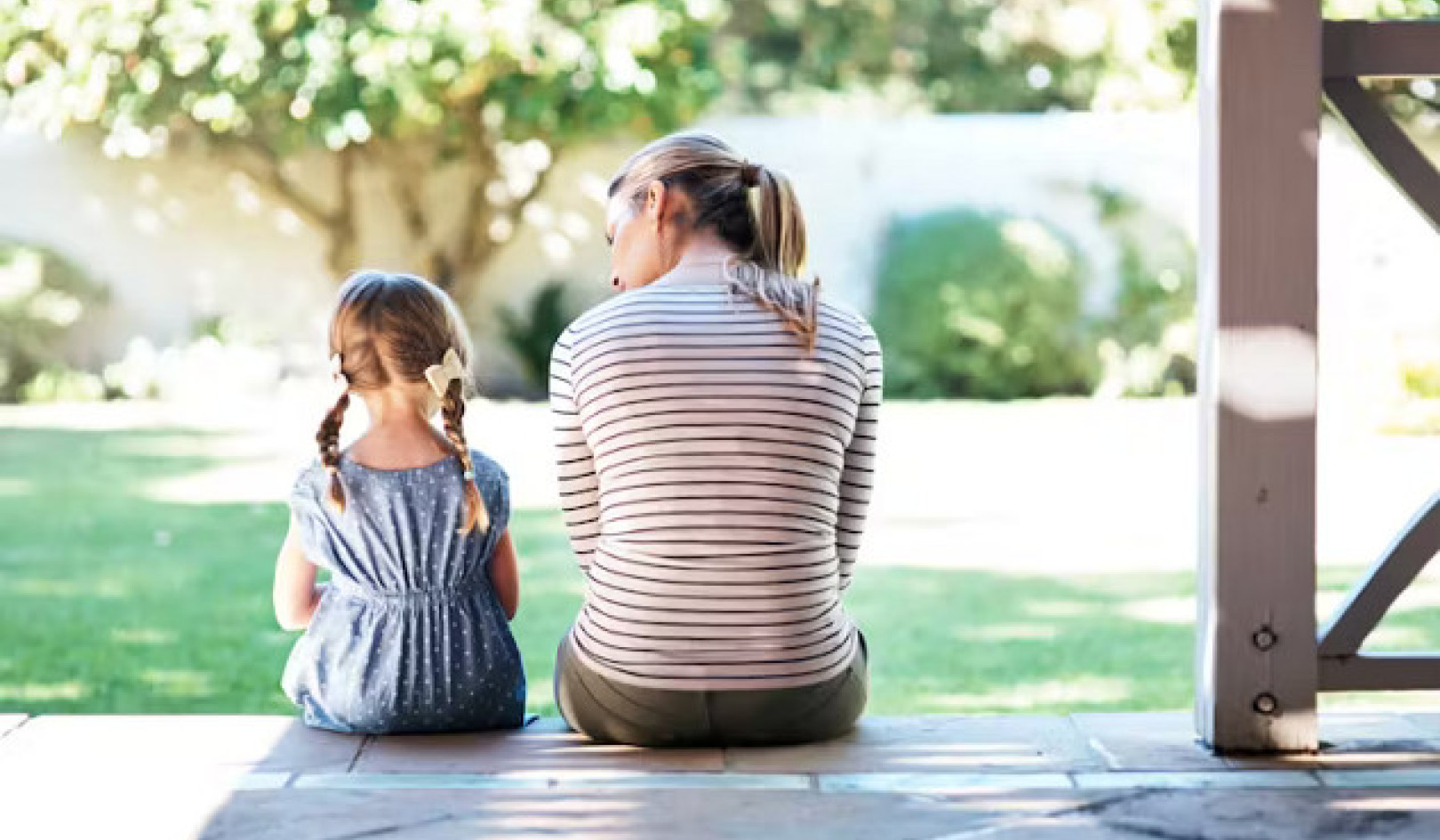
It may seem that new relationships are entirely fuelled by dreams and hopes for a perfect future. But the past can have a powerful influence too – often more so than we would like to admit. The “emotional baggage” that we bring from the past can mean that we sometimes pick a partner who’s not quite right, make bad relationship decisions or find it difficult to fully devote ourselves to the person we are with.
This idea has its roots in John Bowlby’s attachment theory, which suggests that individuals differ in the way they approach and respond to the world. These different styles are thought to be based on past experiences of relating to important people in our lives, particularly our parents. The effects of childhood attachment become embedded in “working models” that influence how we form relationships in adulthood.
Working models are the mental representations that we hold about ourselves and other people, and that develop through experiences with people we are attached to. A working model might include expectations about our self-worth, beliefs about how other people behave in relationships and ideas about what to expect from relationships.
But it’s not just childhood relationships that shape us – adult relationship histories can also influence relationships. The psychologist Susan Andersen termed this process in which working models developed from past romantic relationships come to influence new relationships as “transference”.
In her view, past experiences in romantic relationships can affect how we approach and relate to new partners, as well as our behaviours and motivations in new relationships. As a simple example, someone who had an unfaithful partner in the past may develop a working model in which other people cannot be trusted. This may mean that he or she finds it more difficult to form stable, trusting relationships in the future.
Working models of relationships may also explain why some people recreate aspects of past relationships with new partners. For example, if I did not receive much affection from an ex, I might still form new relationships that recreate those same patterns. Andersen believed we do this because we seek what was missing in past relationships – instead of running from someone who reminds me of an unaffectionate ex, I form a relationship with a new person hoping to gain what was what was missing. But this only serves to confirm my existing working model of myself as unlovable and of potential partners as unaffectionate.
Luckily, it’s not all bad news. There are ways to prevent this from happening.
How you can take charge
Sometimes, past negative experiences can sow the seeds for healthier future relationships. For example, the period following a breakup is important because it may lead to personal growth and development. This is known as “stress-related growth” and refers to the idea that people can respond to distressing life events by growing beyond their previous level of psychological functioning.
In fact, some people may make the greatest changes in their lives following a period of stress or crisis after a breakup. This could change how reliant they are on themselves and other people, make them form closer bonds with family and friends, or even change life priorities. One study found that the experience of a recent breakup resulted in personal growth, which the participants believed would help them form more positive relationships in the future.
But you do not need to experience a breakup to begin forming healthier relationships. While there are no quick fixes, developing a clearer picture of your working models and how these might be affecting your relationships is a good starting point. Take some time to think critically about your past relationships – put it down on paper if it’s useful or seek the help of a trained professional – and try to develop greater awareness of your transference patterns and when they occur.
Once you have an idea of your transference patterns, the next step is to identify cues observed in a new person or context that evoke those patterns. What traits, behaviours or experiences with an ex (or exes) act as triggering cues in new relationships? Recognising these triggering cues is vital if you are to ultimately gain control and intentionally change your behaviours. With time and practice, you should become more aware of these cues the moment they occur and this provides an opportunity to respond differently.
One piece of advice I have found useful is to use an IF-THEN plan. Once you are aware of your transference patterns and recognise triggering cues, make a plan that highlights these signals (the IF) and link it to a new way of behaving (the THEN). For example, “IF a new person is as unaffectionate as an ex was, THEN I will avoid this person”. By thinking and planning ahead of time, we can begin to master our behaviours in relationships.
Beyond this, viewing yourself as worthy, accepted and decent is vital for forming and maintaining healthy relationships. Some therapists highlight the positive impact that self-compassion – being kind, caring and understanding toward yourself – can play in promoting healthier relationships. People who are self-compassionate accept that they are imperfect human beings who experience hardship and difficulties, but are nevertheless worthy of compassion. New relationships can be stressful, so be kind to yourself even when you do make errors of judgement.![]()
About The Author
Viren Swami, Professor of Social Psychology, Anglia Ruskin University
This article was originally published on The Conversation. Read the original article.
Related Books
at InnerSelf Market and Amazon



























